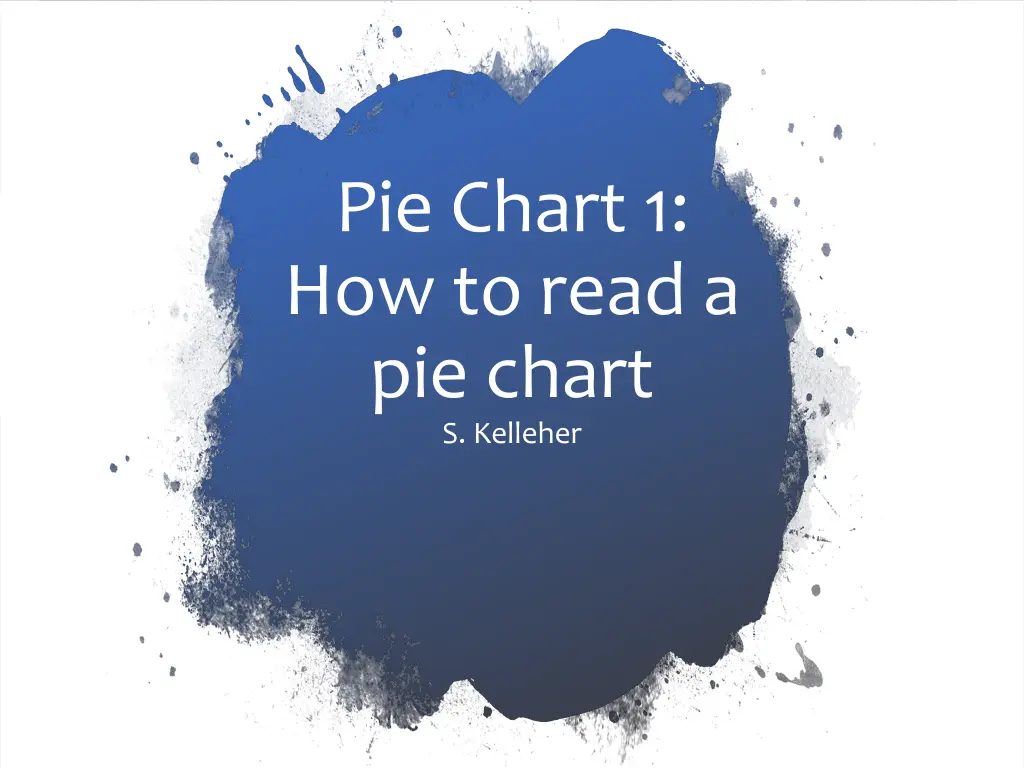
Understanding Pie Charts: How to Interpret and Analyze Data
Learn how to read and interpret pie charts by understanding the relationship between angles and data values. This guide provides a step-by-step example to calculate the number of respondents in each category based on the angle of the sector in the chart. Enhance your data analysis skills with practical insights on interpreting pie charts effectively.
Download Presentation

Please find below an Image/Link to download the presentation.
The content on the website is provided AS IS for your information and personal use only. It may not be sold, licensed, or shared on other websites without obtaining consent from the author. If you encounter any issues during the download, it is possible that the publisher has removed the file from their server.
You are allowed to download the files provided on this website for personal or commercial use, subject to the condition that they are used lawfully. All files are the property of their respective owners.
The content on the website is provided AS IS for your information and personal use only. It may not be sold, licensed, or shared on other websites without obtaining consent from the author.
E N D
Presentation Transcript
Pie Chart 1: How to read a pie chart S. Kelleher
Number in a category = angle of a category total no. of people 3600
EXAMPLE The pie chart shows the results of a survey of 240 students about which sports in their school were their favourite. How many students were there in each category?
Calculating the number for each category Number in a category = angle of a category total no. of people 3600 HURLING = 90 360 240= 60 students ATHLETICS = 60 360 240= 40 students RUGBY = 45 360 240= 30 students SOCCER = 120 360 240= 90 students BASKETBALL = 45 360 240= 30 students CHECK: Total no. of students = 240 students
